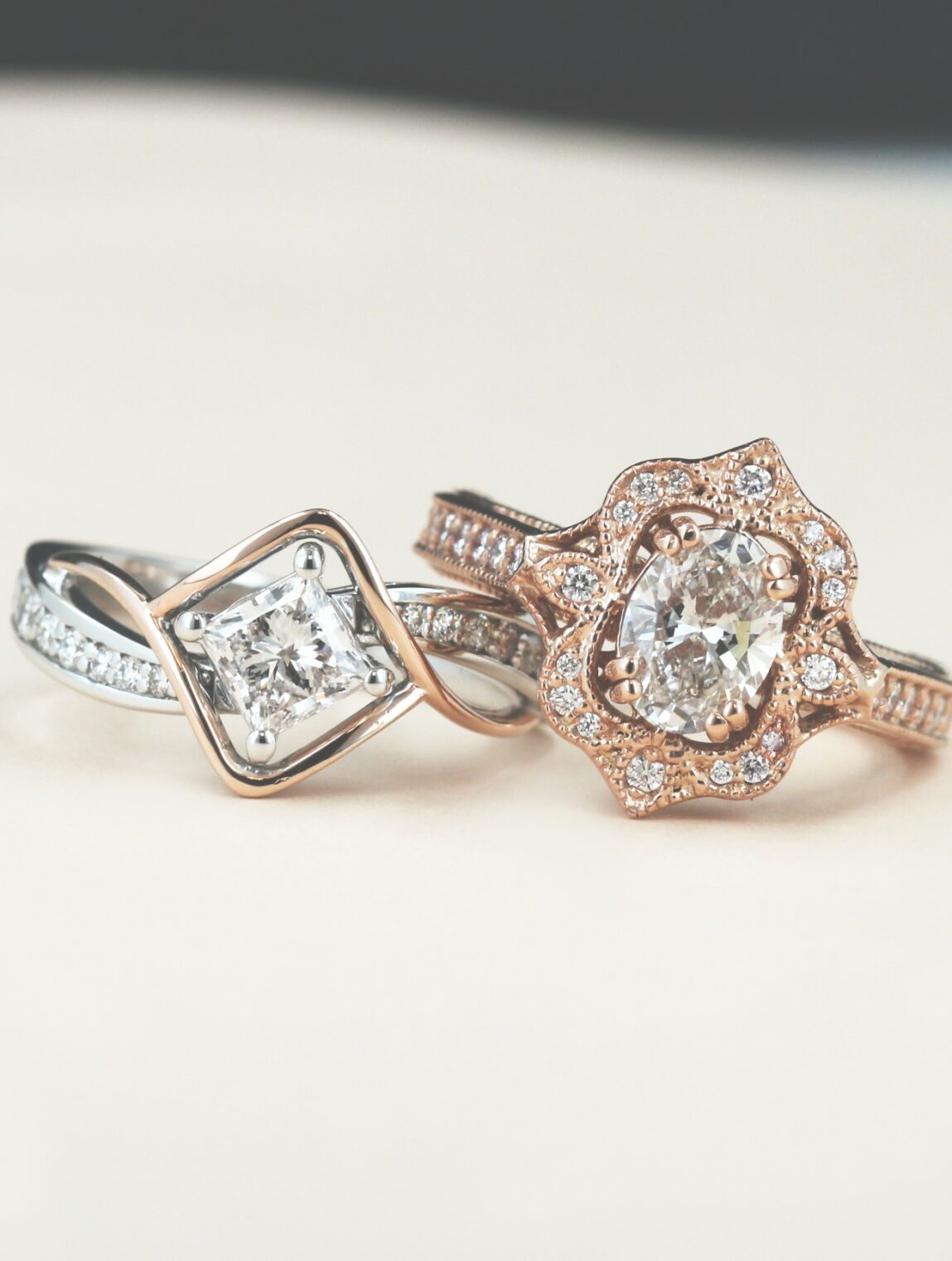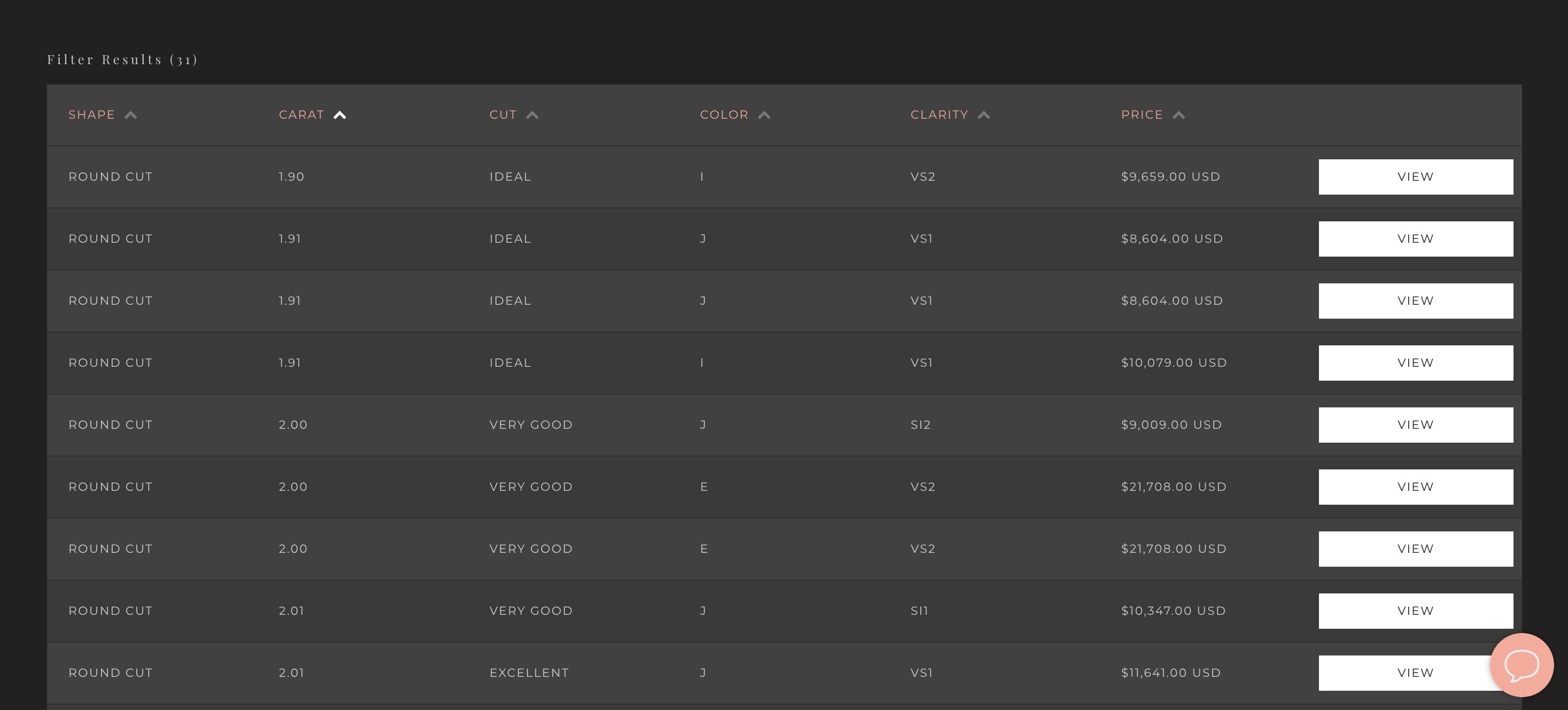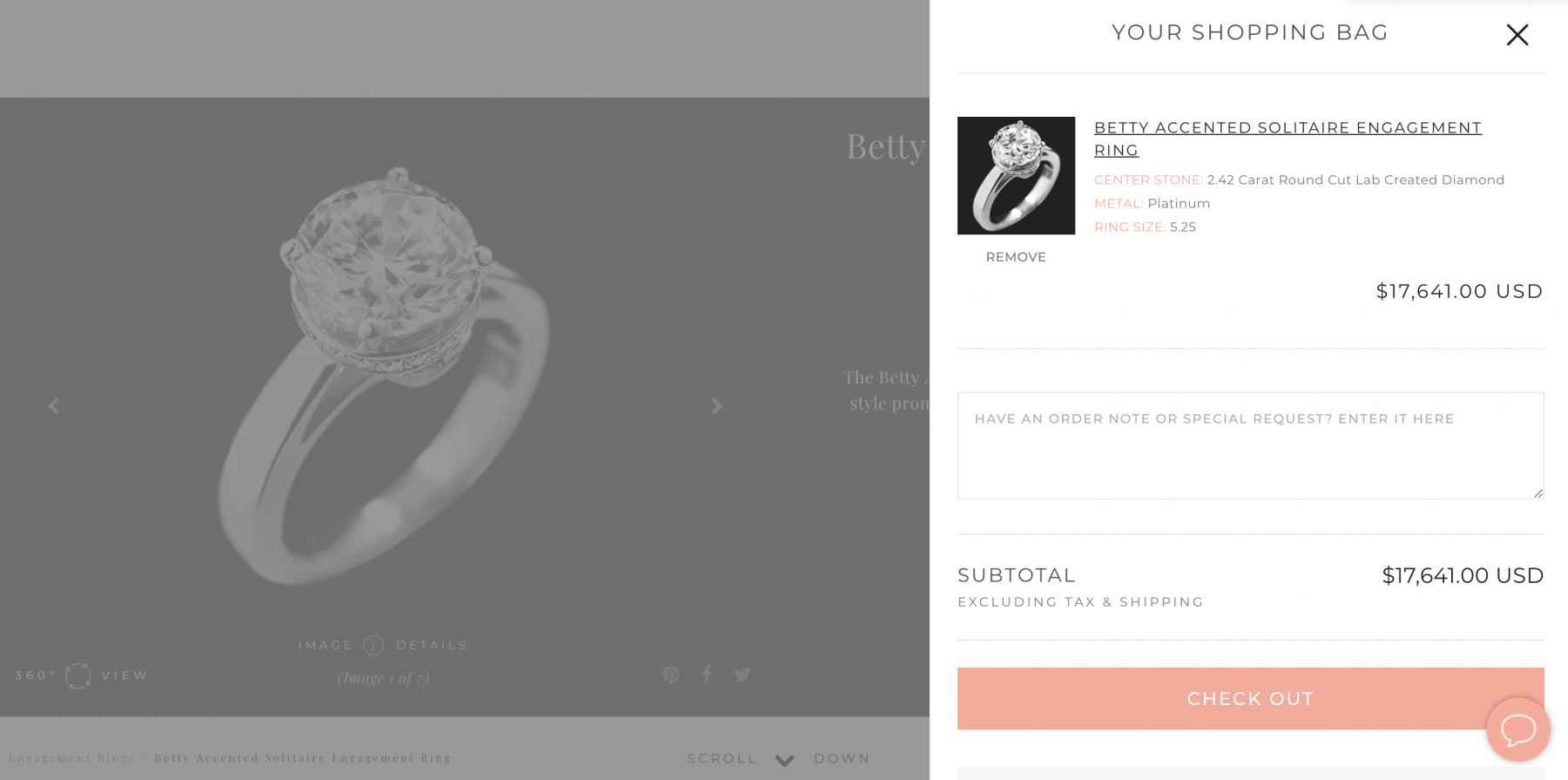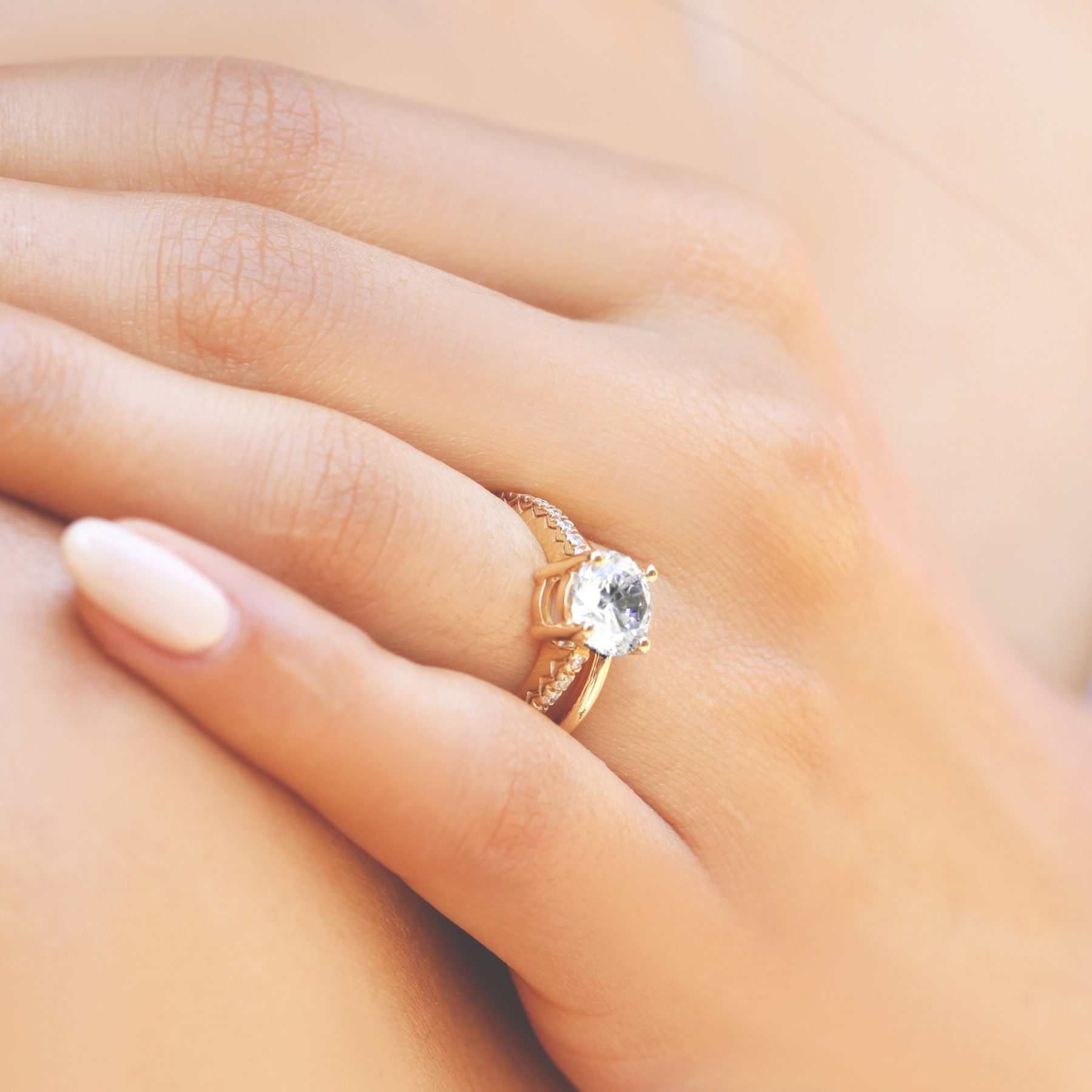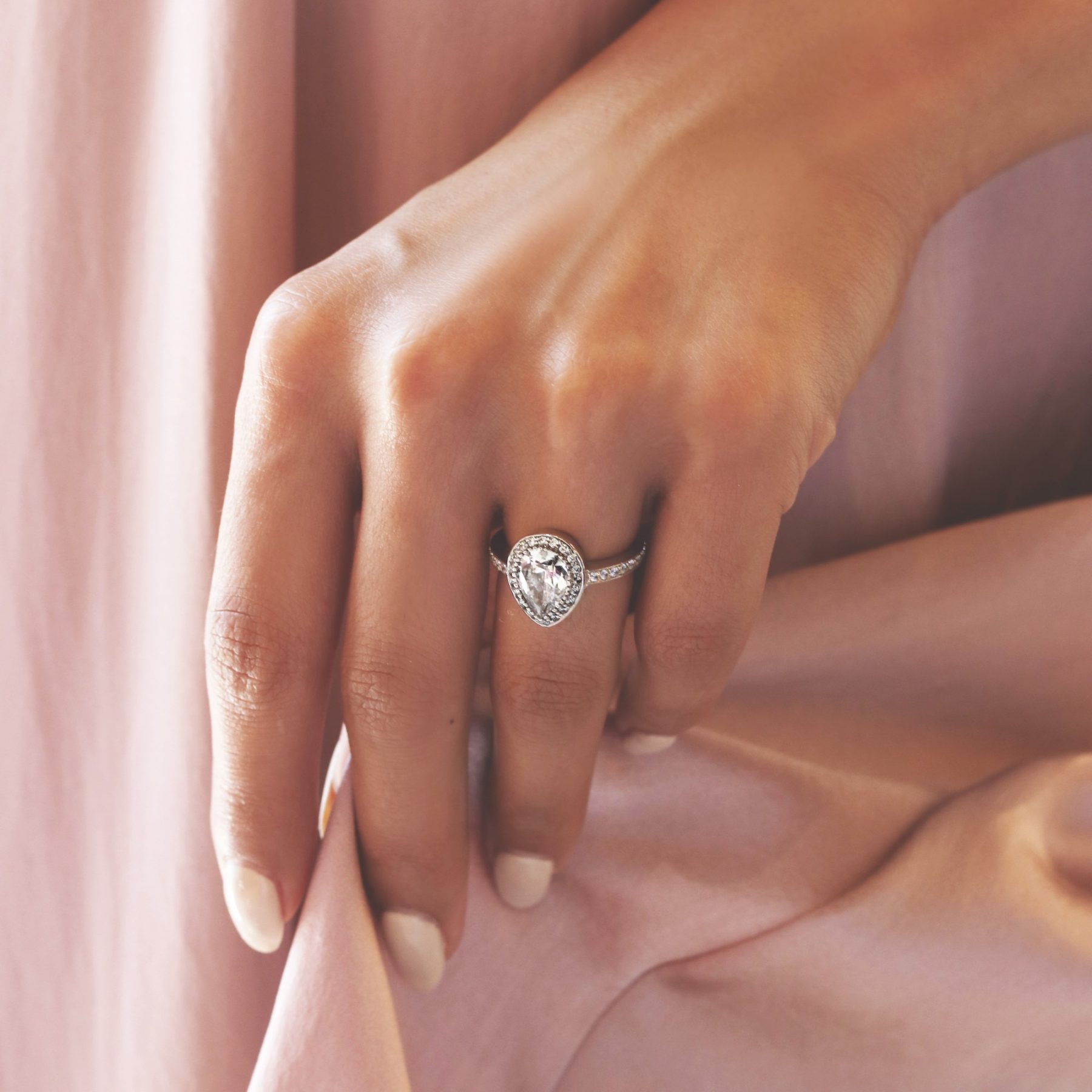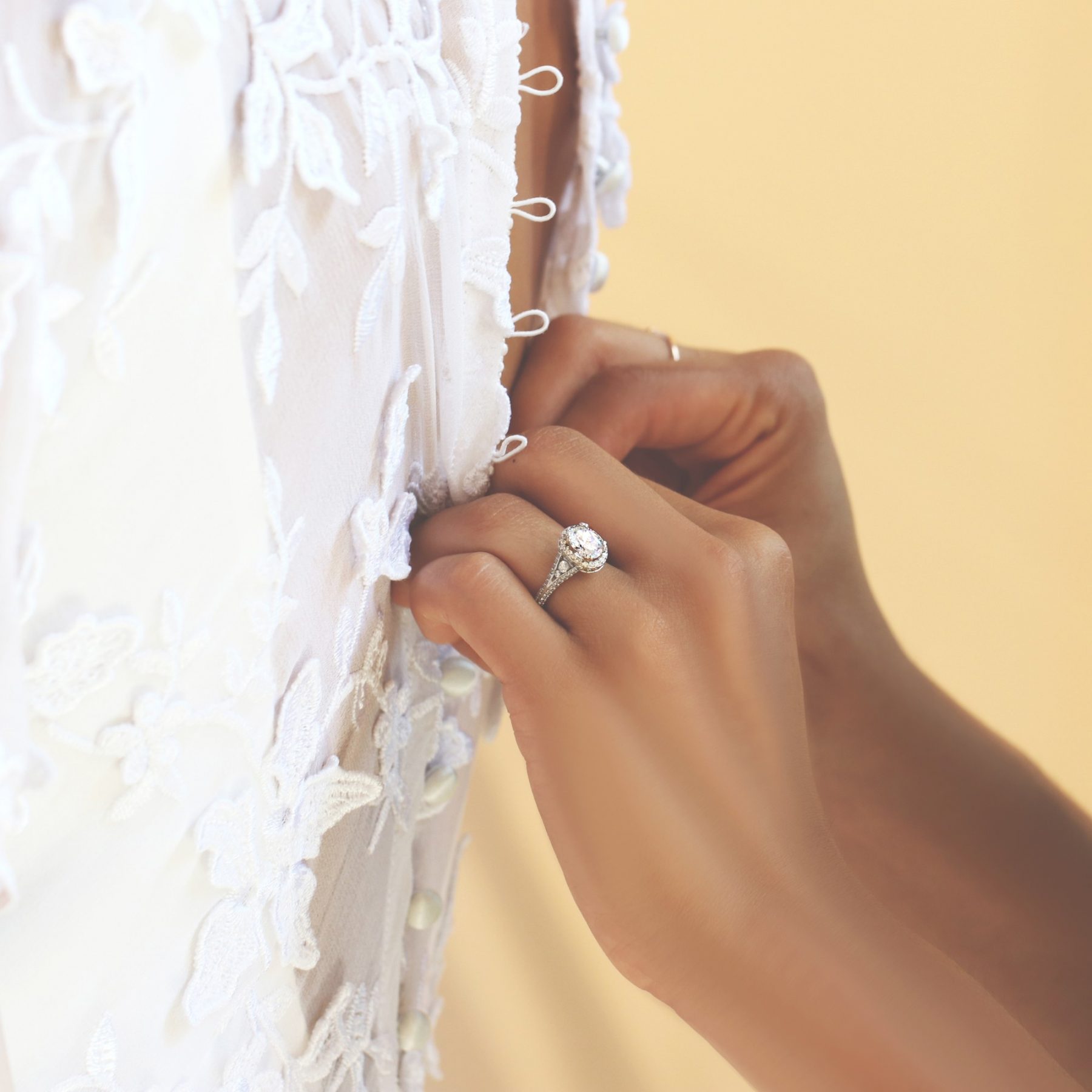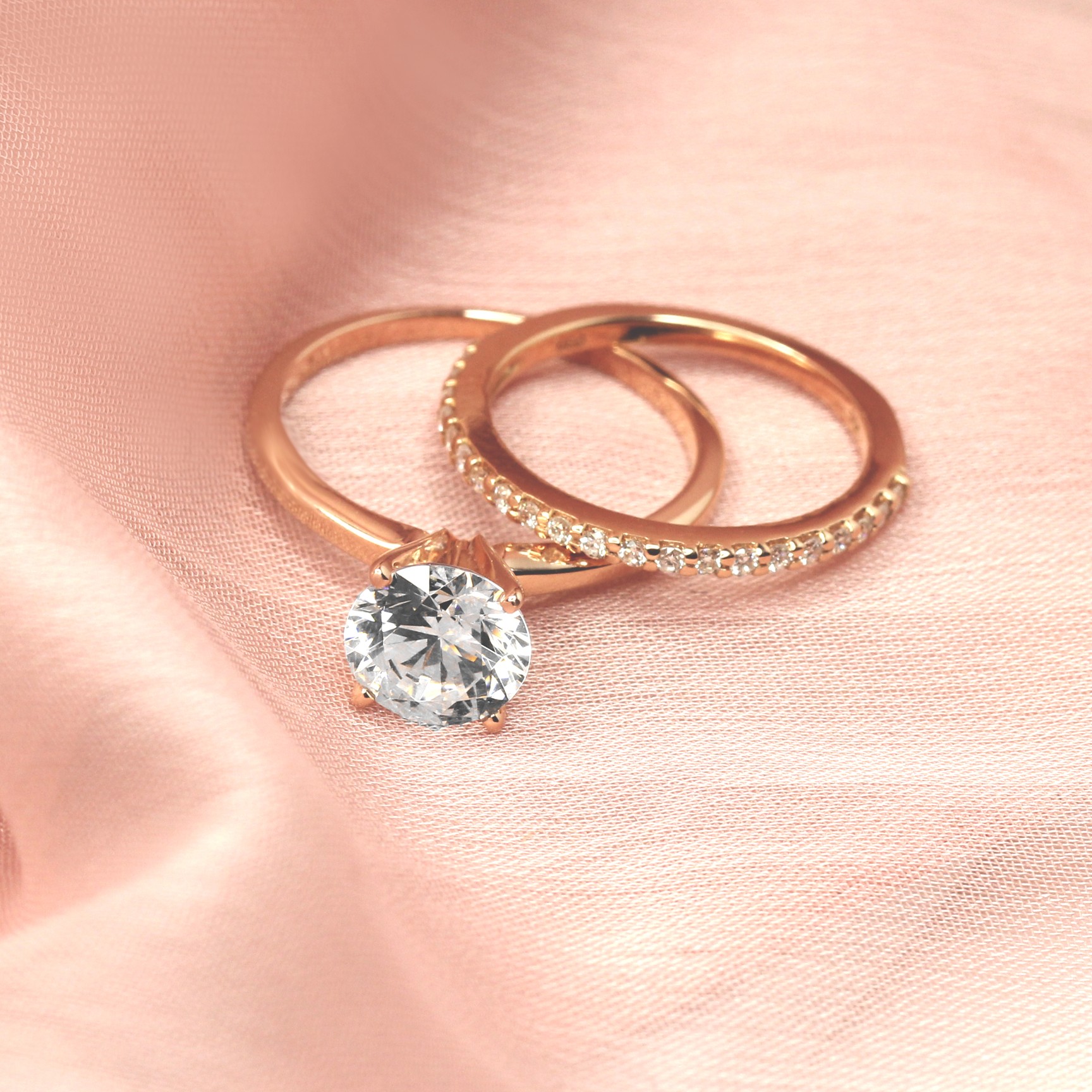Most women start looking at engagement rings long before their significant other. Pinterest boards start flying and eyes start fixating on every hand that brushes by. Finding the perfect style, size, shape, and design is usually a top mission of any hopeful bride-to-be.
I do admit that I have never once had a discussion with any woman about where their diamond was sourced. Glimmer, style, and size outshine anything about the origin of the stone.
MiaDonna recently approached Artfully Wed about their story. The Artfully Wed team was first interested in MiaDonna’s Home Try On Program, a service where customers test certain styles via mail before buying (think Warby Parker), but once we started to learn more about the company’s mission we wanted to help educate other women who were starting their engagement ring search. Women who had not started thinking about where their diamond was actually going to come from.
MiaDonna’s Pursuit of Conflict-Free Diamonds
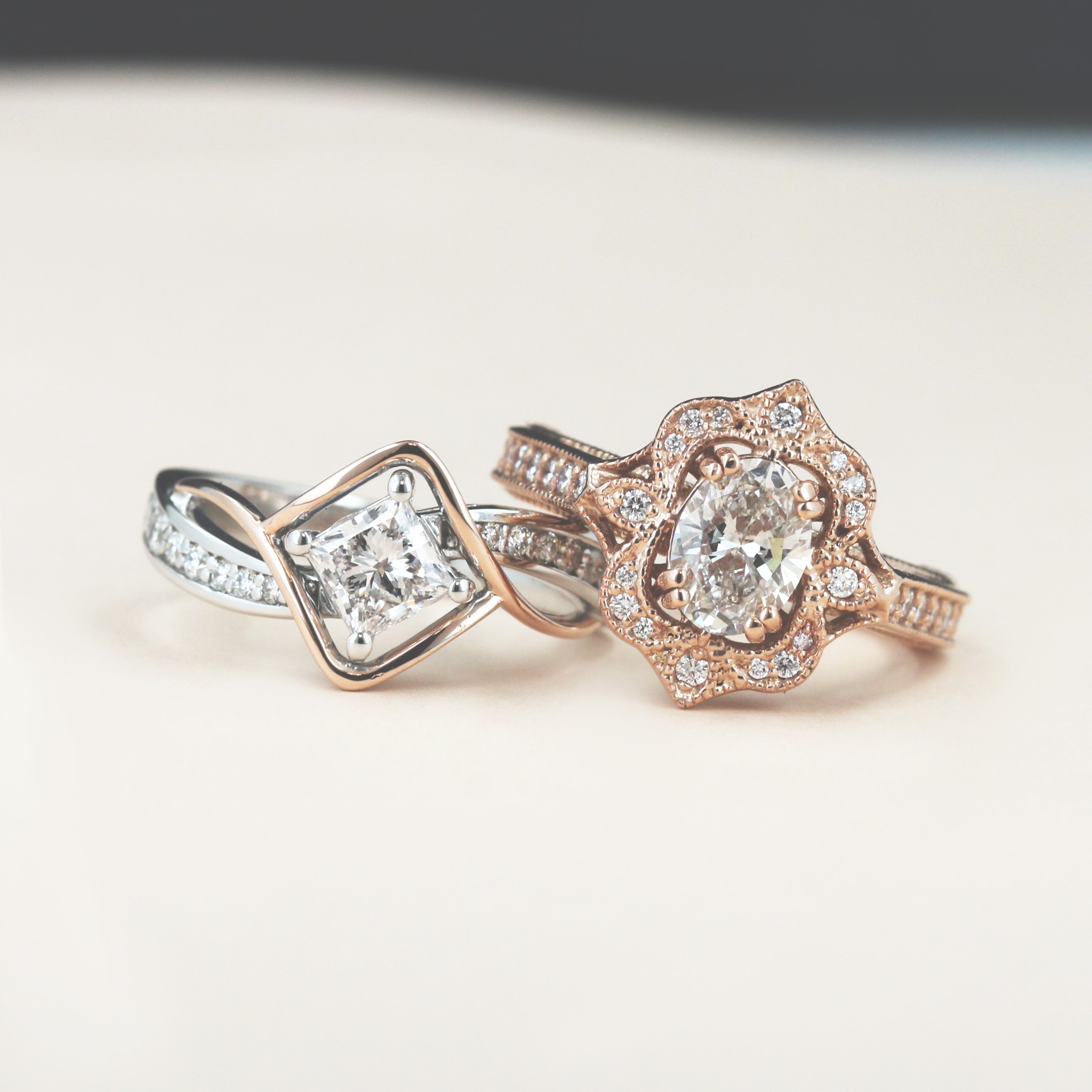
Simply put, MiaDonna’s founder, Anna-Mieke Anderson, become passionate about creating an innovative, beautiful and socially responsible bridal jewelry line after learning she had most likely purchased a conflict diamond. She read more about the communities and children that were being hurt by the harvesting and trading of earth-mined diamonds and set off to create America’s first truly conflict-free diamond store.
I had heard about blood diamonds but wasn’t too familiar with what a conflict-free diamond was. Turns out, conflict-free diamonds are those that have been ethically mined and sold, meaning they were not mined in a war zone and sold to finance an insurgency, an invading army’s war efforts, or a warlord’s activity.
The in early 2000’s an effort to certify conflict-free diamonds was established by the UN and called the Kimberley Process Certification Scheme. This process has drastically reduced the number of illegal diamond trade organizations in the market, but because the diamond-producing African countries lead the process themselves, there is no guarantee that mined diamonds with a Kimberley Process Certification are in fact conflict-free. It is common for country officials to be bribed with $50 to $100 a day in exchange for paperwork declaring that blood diamonds are Kimberley Process Certified. A major problem, right?
Learning More about Lab-Grown Diamonds
After reading more about MiaDonna’s mission and the negative impact of blood diamonds, I realized why lab-grown diamonds are a better option for many of us, but I still had a lot of questions about someone making diamonds in a lab.
Are lab-grown diamonds just fake diamonds? How do you grow a diamond? Are they considered to be the same quality? Can you tell the difference by just looking at a diamond? Are they more expensive?
These are some of the interesting facts I learned about the lab-growing process and stones.
- Lab-grown diamonds are chemically, optically and physically identical to earth-mined diamonds. Both are made from 100% pure crystallized carbon.
- Lab-created diamonds are graded on the same scale as earth-mined diamonds with the ONLY difference being their point of origin (where it came from).
- These man-made (lab-grown) diamonds are created by placing a ‘diamond seed’ into a chamber of heat and pressure. This chamber mimics the natural growing process. Crystallization then occurs allowing the diamond to mature. It is then cut, polished and graded by the same world-renowned labs that certify earth-mined diamonds.
- Man-made diamonds are available up to IF in clarity, D in color, Excellent in cut, and up to 10 carats in size. They come in a variety of shapes including round, emerald, cushion, oval, heart, princess, and radiant. Colors include white, yellow, blue, pink, and green.
- Lab-grown diamonds are priced up to 40% less than mined diamonds and come free of any humanitarian and or environmental abuse.
- White diamonds typically take up to two weeks or longer to grow a 1.0 carat stone.
- Lab-grown diamonds have resale value. Read more about diamond resale value.
- Lab-grown diamonds don’t harm the planet. Lab-grown diamonds eliminate the need to mine and prevent irreparable damage the environment. Entire ecosystems have been put in danger due to diamond mining. Deep sea mining is only one example of the damage natural diamonds have on the planet.
After all this research, I am considering trading my 2.00-carat diamond for a lab-grown MiaDonna loose diamond.
Pricing Out Options Of Lab-Grown Diamonds
For the last couple of years, I have been interested in replacing the diamond in my engagement ring. It is just under 2.00 carats, so the size is lovely, but is a little foggy yellow in color and has a few imperfections. It is a family diamond that my husband dropped into a new setting, so I have hesitated to replace given its history. Plus, when I was in my 20’s the larger stone size was nice. Now that I am a little older (cough), I find that quality might mean more.
I haven’t gotten up the nerve to venture into a jeweler because I know the price shock I am in for to replace a 2.00 carat stone. But, after reading MiaDonna’s story and how lab-grown diamonds can cost much less than mined ones that are nearly identical, I decided it was time to research my loose stone options from the comfort of my couch, without feeling guilty about taking up time of a salesperson.
There is a pretty cool feature on the MiaDonnna website that allows anyone to explore loose stones that are available in the lab at any given time. For me, I found a 2.00 carat round cut diamond that was at the top of the quality range for just over $9K. I personally know my existing diamond ring has been appraised at a very similar price. Essentially, I can replace my less than perfect stone for a diamond that is of much nicer quality and guaranteed to be completely conflict-free. Pretty sweet!
For just a little fun, I searched for the biggest and the best diamond available on the site and found this beauty at over $97K. I will be sure to forward this one along to my husband for consideration.
After exploring just the loose stone options, I browsed full ring replacement options. I found a setting I was in love with and chose a diamond of 2.42 carats. The price jumped up quite a bit to $17K, but the ring is gorgeous. Better yet, I designed the ring online, the diamond specs were clearly documented and I could always guarantee where the diamond originated.
Why We Think MiaDonna is Pretty Cool
There are several places where you can buy lab-grown diamonds online, but MiaDonna is more than just a diamond retailer. We think they are pretty special. First, this American-based company started because of a genuine concern for humanity and the environment. Each and every time you purchase eco-friendly fine jewelry from MiaDonna, a minimum of 5% is donated to The Greener Diamond Foundation (TGD) to fund initiatives and programs that help to restore the land and lives impacted most by the illegal trade of conflict diamonds – like educational, mentorship, agricultural, and urgent relief programs in diamond mining communities. The MiaDonna team also donates countless hours of their time developing projects as well as making sure each project is successful, which allows TGD to run with no administrative costs.
Second, MiaDonna offers the largest selection of lab-grown Type IIa diamonds. These are the purest form of diamond, making them brighter and harder than 98% of earth-mined diamonds. Bottom line, your diamond looks pretty darn sparkly.
Last, MiaDonna’s collection is beautiful and the customer experience is superb. While traditional wedding and engagement rings are what we think of, there are many more products available. Simple diamond earrings and this gorgeous emerald ring, with a lab-created gemstone, made it into our shopping cart. I was impressed with the amount of time that has been spent educating consumers about lab-grown diamonds and diamond care in general. Here are some of our favorite links.
- https://www.miadonna.com/pages/other-services-ring-sizing
- https://www.miadonna.com/blogs/news/anatomy-of-a-ring
- https://www.miadonna.com/pages/the-greener-diamond
- https://www.miadonna.com/blogs/news/earth-day-facts-on-the-environmental-dangers-of-earth-mined-diamonds
- https://www.miadonna.com/blogs/news/what-are-lab-created-gemstones
At the end of this fun discovery journey, I am walking away much more educated about lab-grown diamonds and with a full plan on how to convince my husband it is time to upgrade my diamond!

